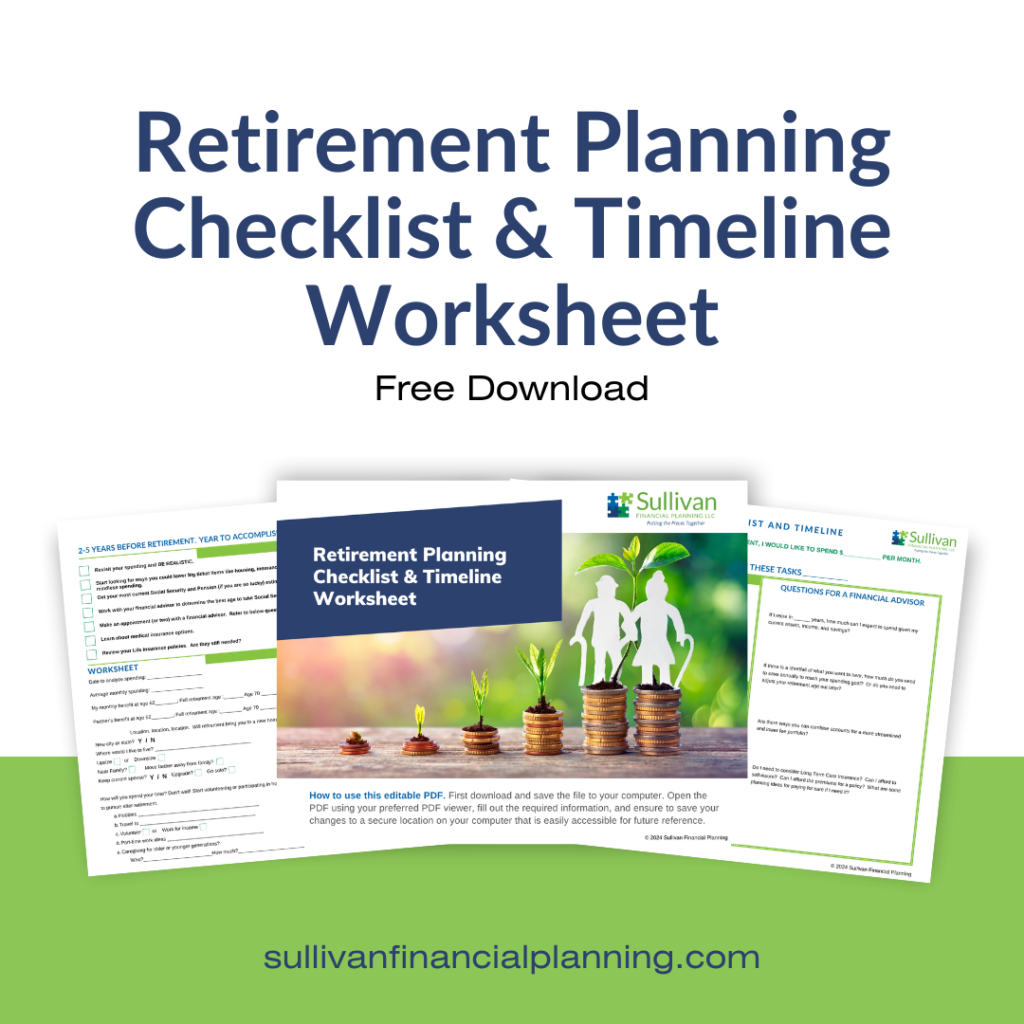So, I say it every four years, and I’ll say it again. The US President is one person whose job cannot last more than 8 total years. This person does not in the long term affect the worldwide economy.
Therefore, and ergo, for the sake of your own sanity and that of your financial advisor, do NOT make investment decisions based on the upcoming election. By that I mean:
- Don’t sell your current investments to cash.
- Don’t put all your money into gold bars.
- Don’t stop contributing to your work retirement plan.
- Don’t watch financial TV.
- Don’t buy extra stocks in gun/seed/yurt/canned goods manufacturers
Just…don’t. But, I’ll bet you want proof that if the election doesn’t go your way that your money will be fine. Okay, here are some handy statistics.
Election Years are volatile, but remember volatility means down and also UP.
- S&P 500 volatility typically increases by about 7-10% in the months leading up to a U.S. presidential election, reflecting investor uncertainty over future policy directions. Uncertainty about regulation, taxes, and economic policies stresses people out.
Market Performance During Election Years
- Since 1928, the S&P 500 has delivered positive returns in 18 out of 23 election years (roughly 78% of the time). On average, the S&P 500 posts a 6.5% gain in election years, indicating that market performance tends to be resilient, despite the political noise.
Market Preference for Incumbents
- People don’t like change, which is reflected in this fact: Historically, the stock market tends to perform better when the incumbent president is re-elected. In fact, when the incumbent wins, the S&P 500 has averaged a gain of 6.5% during the election year. In contrast, when there’s a change in political leadership, the market has only averaged a 2.8% gain.
Democrats vs. Republicans: Stock Market Returns
- Contrary to conventional wisdom, the market tends to perform better under Democratic presidents. Since 1945, the average annual return of the S&P 500 has been 10.8% under Democratic presidents compared to 6% under Republican presidents.
Impact of the First 100 Days
- The “First 100 Days” of a new presidency is often considered critical for gauging the market’s future reaction to policies. The S&P 500 tends to rise an average of 2.2% during the first 100 days of a new president’s term, suggesting that investors may initially be optimistic, even with new administrations.
While stock markets often react to elections due to policy uncertainty, the overall long-term impact of a presidential election on the market is more muted than the media would have you believe. Over the long run, the stock market is more influenced by economic fundamentals, corporate earnings, and macroeconomic factors than the political party in power.



